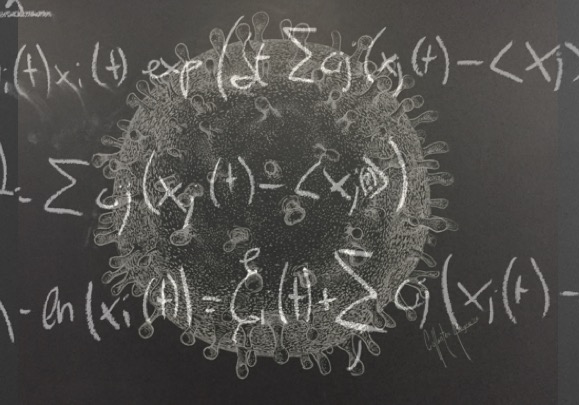
With the creation of this associated unit, the Institute for Integrative Systems Biology (I2SysBio) aims to strengthen the interdisciplinary nature of the center, making it possible for physicists and mathematicians to approach fundamental biological problems.
The Spanish National Research Council (CSIC) has approved the creation of a new Associated Unit (AU) called Dynamic Systems and Computational Virology (SDVC). This new AU is initially formed by Santiago Elena, CSIC research professor at I2SysBio and Tomás Alarcón (ICREA research professor) and Josep Sardanyés (Ramón y Cajal researcher) of the Centre de Recerca Matemàtica (CRM), a consortium of the Institut d'Estudis Catalans, the Generalitat de Catalunya and the Universitat Autònoma de Barcelona.
This AU is based on a scientific collaboration over the last few years that has explored a complementarity between computational and experimental approaches to the study of the evolutionary dynamics of RNA viruses. This complementation has been bi-directional.
In the direction from mathematics to virology, through the development of mathematical and simulation models that have generated contrastable hypotheses about the dynamic properties of viral populations that have subsequently been evaluated experimentally in the laboratory.
In the direction from virology to mathematics, when experimental observations were not intuitive, through the design of simulation models that reproduced in silico the experiments and allowed us to postulate which parameters and variables were the most relevant.
With the creation of this AU, the I2SysBio aims to strengthen the interdisciplinarity of the institute, increasing both directions of work and making it possible for physicists and mathematicians to approach fundamental biological problems, while scientists trained in the areas of life sciences have access to the approaches of mathematical modeling and computational simulation.
More information:












